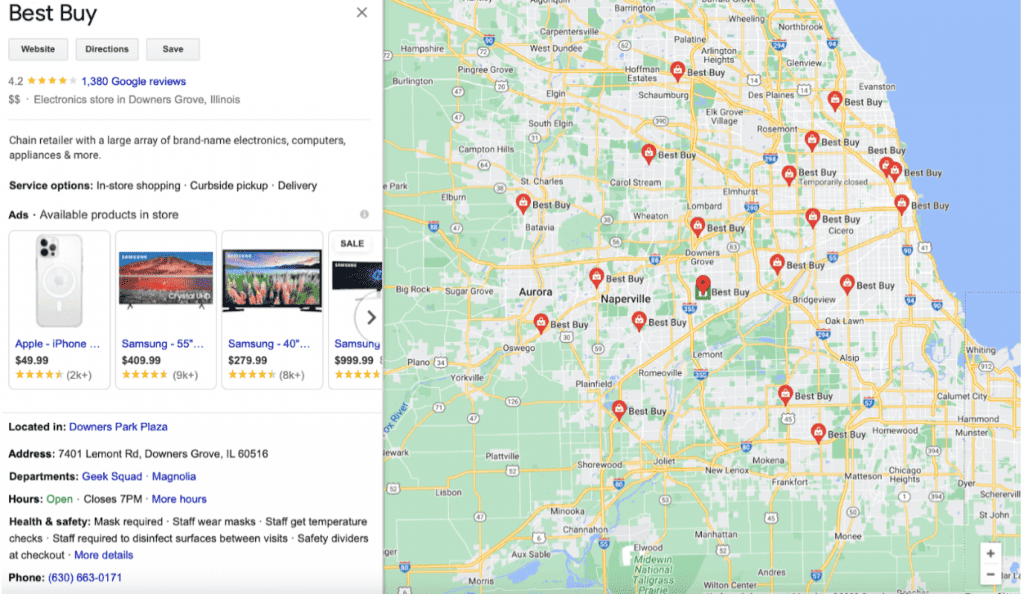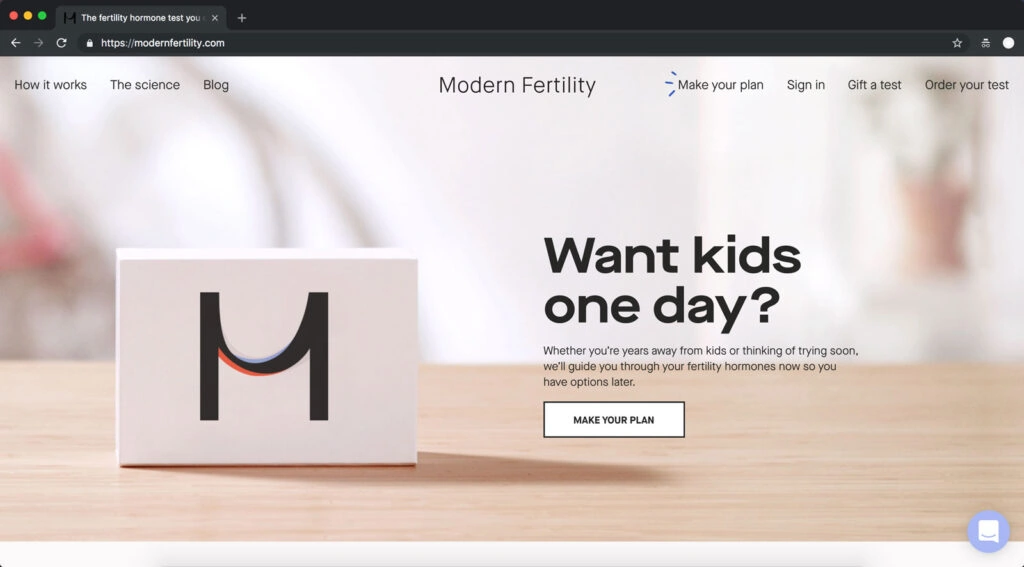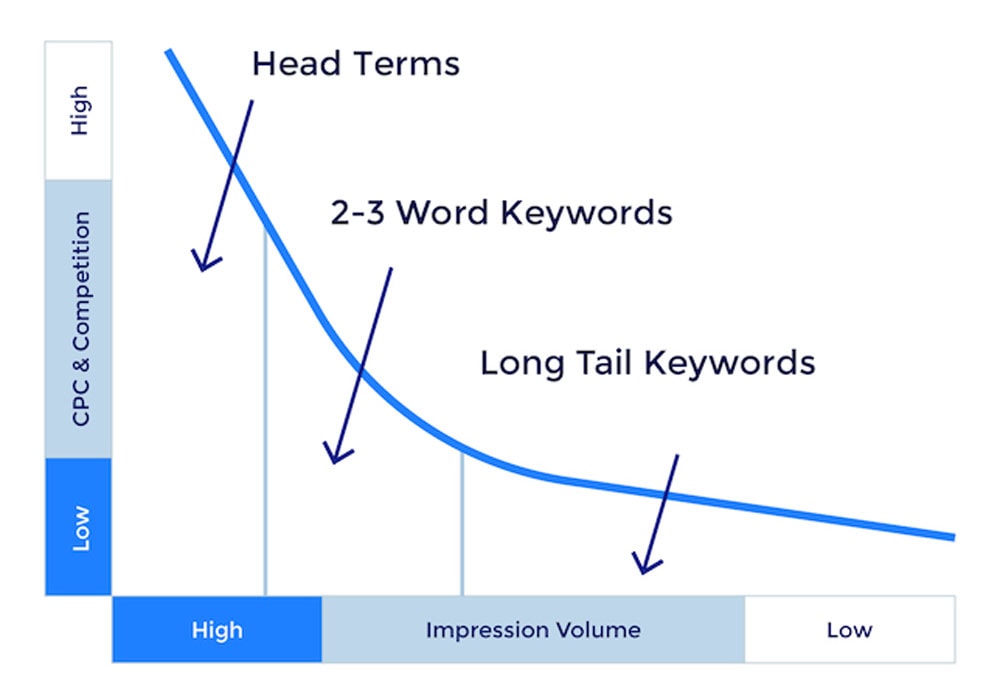How to Use SEO in Digital Marketing Strategies
Marketing specialists utilise electronic devices and digital platforms to convey promotional messaging and measure its effectiveness on target audiences. Digital marketing refers to marketing campaigns on computers, phones, tablets or any internet-connected device. Examples include online videos, search engine ads, paid social media promotions, website content, and more. In contrast, traditional marketing relies on mediums like print magazines, billboards, and direct mail. You may need a download speed calculator to check your internet speed and ensure smooth streaming when downloading digital marketing materials like videos and ads.
Brands can implement digital marketing across multiple platforms or focus on select channels. For instance, a company may produce social media-specific content or invest in email marketing and SEO. SEO, short for search engine optimisation, comprises techniques that help websites gain traffic and rank higher in search results. Just as digital marketing is critical for business visibility, SEO in digital marketing is essential. Digital marketing aims to drive web traffic and conversions through online platforms. Whether through social ads, content marketing, or search visibility, digital marketing seeks to attract and engage the modern internet-connected consumer.
Table of Contents
The Uses of SEO in Digital Marketing:
Local Business Optimisation

Local SEO is a highly effective strategy for small businesses to improve their visibility and attract more customers from their surrounding area. Unlike large national chains, local “mom and pop” shops don't have the same marketing budgets or brand recognition, so ranking highly in local search results can be a make-or-break factor for gaining new business.
There are a few key reasons why local SEO gives small, localised businesses an advantage over their competitors:
- Local intent – When someone searches for a product or service near a specific city or zip code, they have a local purpose. Small businesses targeting customers in their immediate area can rank for these high-intent local searches. National brands casting a wider net may not be as optimised for local searchers.
- Location signals – By including schema markup and local business info like a physical address, phone number, and area served, small businesses can signal to search engines that they are relevant options for local searches. Optimising these location-based signals is a critical local SEO tactic.
- Less competition – A local coffee shop competes with fewer competitors than massive chains like Starbucks. The local business is only competing against other nearby options rather than every different store nationwide. With a tighter geographic focus, it's easier for local businesses to stand out.
- Community goodwill – Customers often want to support small businesses contributing to the community and local economy. These intimate relationships lead to word-of-mouth marketing and loyalty that national chains rarely enjoy.
To optimise for local SEO in digital marketing, small businesses should focus on tactics like optimising Google My Business listings, using local keywords and geo-targeted content, building localised links from directory citations, engaging with customers on social media, and running hyperlocal PPC campaigns. Small businesses can level the playing field and effectively compete for local customers with these localised strategies.
A Speedy Website
In today's fast-paced world, speed is of the essence, especially when it comes to websites. With people's attention spans shortening and impatience growing, a slow-loading website is the quickest way to lose visitors. When a page takes more than a few seconds to load, most users click away and move on to a faster site rather than wait for the content. This increases your bounce rate, the percentage of visitors who leave your site after viewing only one page. A high bounce rate signals to search engines that your site does not provide a good user experience, potentially leading to lower rankings.
There are several techniques you can use to speed up your website and improve the user experience:
- Compress images – Image files can be large and slow download times. Use compression tools to reduce file sizes without sacrificing quality.
- Minify code – Remove unnecessary spaces, comments and formatting to streamline HTML, CSS and JavaScript files. This simplifies files and reduces size.
- Optimise databases – Well-structured databases with efficient queries speed up dynamic sites. Use caching to store commonly accessed data.
- Reduce redirects – Too many redirects from one URL to another adds latency. Minimise redirects to keep things fast.
- Avoid blocking JavaScript – Render-blocking JS delays displaying page content. Defer non-essential JS or load it asynchronously.
- Enable compression – Compressing resources like CSS, JavaScript and HTML files makes them lighter and faster to load. Configure your server to gzip components.
- Use a CDN – Content delivery networks store copies of assets globally so visitors download files from nearby servers faster. Takes the load off the origin servers.
- Limit plugins – Too many plugins, especially those not optimised for speed, can bog down a site. Pare down to essential plugins.
- Upgrade server – A faster web host and high-quality servers improve response times and the ability to handle traffic spikes.
By optimising your site for speed, you can reduce frustrations from slow load times. This improves the user experience and lowers bounce rates, allowing you to achieve your marketing goals as visitors spend more time engaged with your content. A fast, responsive website conveys professionalism and keeps visitors on your site longer.
Creating optimised landing pages

Creating a customised landing page can be a highly effective strategy for generating leads and driving conversions for your business. An optimised landing page typically includes several key elements to attract visitors and persuade them to take your desired action.
The headline is one of the most critical components of an effective landing page. It must quickly grab the reader's attention and communicate your offer's core value proposition or crucial benefit. Strong headlines are clear and succinct and highlight the main takeaway you want visitors to remember. They establish the purpose of the page and incentivise visitors to keep reading.
High-quality images are also essential for engaging visitors on a landing page. Relevant photos, illustrations or videos that visually reinforce your headline and content help pique interest while breaking up blocks of text. Dynamic media creates a more immersive experience and keeps visitors focused on your call to action.
A compelling offer or promotion is vital for persuading visitors to convert to your landing page. This could be a free trial, discount, giveaway, or other incentive that provides immediate value in exchange for an email address or additional information. The offer should clarify what the visitor will receive by becoming a lead.
And finally, a prominent call-to-action button makes it easy for visitors to convert by providing a clear next step. The CTA should use action-driven language that motivates users to click, such as “Start Free Trial” or “Get My Discount.” Placement near the top and bottom of the page increases visibility.
Optimising these core elements – headline, images, offer and CTA – creates a cohesive landing page experience that captures attention, conveys value, and drives higher conversion rates for your business. A customised page aligned to your goals and audience is a proven way to generate more leads and move them through the sales funnel.
Guest Posting
Guest posting has emerged as an effective SEO strategy for businesses looking to increase their online visibility and traffic. The basic premise involves having a writer or influencer in your industry contribute a high-quality blog post or article to appear on your website.
When done correctly, guest posting offers multiple benefits:
- Gain Exposure to New Audiences – By leveraging the guest poster's existing readership and social media followers, your website and brand can be introduced to a new segment of potential customers. Even a mid-tier industry influencer post can drive hundreds or thousands of unique visitors to your site.
- Improve Search Rankings – Inbound links are one of the top ranking factors for Google and other search engines. Guest posts allow you to earn high-quality backlinks from relevant sites, boosting your domain authority and keyword rankings. Choose sites with solid DA scores and traffic levels.
- Thought Leadership Content – Guest contributors often provide in-depth, insightful posts that make them appear as subject matter experts. Having this kind of authoritative content properly optimised around your keyphrases is tremendously valuable for SEO.
- Brand Awareness – Getting your business name, products, and messaging in front of new audiences leads to greater brand recognition and recall. Readers who enjoy the guest post may associate your brand with quality, expertise, etc.
- Social Shares – An interesting or entertaining guest post often gets widely shared on social media platforms like Facebook, Twitter, LinkedIn, etc. This expands the reach even further.
The best results come from a strategic, targeted approach to guest posting. Seek out reputable sites accepting contributor submissions within your industry. Pitch guest post ideas that provide value for readers while allowing you to promote your brand subtly. And be sure to negotiate backlinks where possible!
Keyword Research

In the early days of SEO, keyword research involved much guesswork. Marketers would brainstorm lists of words and phrases relevant to their business. Today, digital marketers can access sophisticated keyword research tools that provide data-driven suggestions. These tools analyse search engine results pages and track user search queries over time.
Two of the most powerful keyword research tools today are Google Keyword Planner and Ahrefs Keyword Explorer. Google Keyword Planner draws data directly from Google Search to show monthly keyword search volumes. This helps marketers prioritise high-value keywords that have sufficient search traffic potential. Ahrefs goes even further by presenting keyword difficulty scores. This indicates how competitive it may be to rank for a given keyword.
The insights from keyword research tools need to inform every aspect of digital marketing. When creating new content, focus on producing resources that target high-value, low-difficulty keywords. Optimise on-page elements like titles, headers, image names, and body text for those keywords. Build links from authoritative websites that relate to the identified keywords. By integrating keyword insights into all marketing initiatives, brands can develop content and campaigns that attract qualified search traffic and leads.
Conclusion
The above strategies represent only a subset of the many tactics that can enhance one's digital marketing efforts through search engine optimisation. While implementing any or all of these recommendations will likely yield positive results, it's essential to remember that SEO is an ongoing, long-term endeavour. Achieving higher rankings and increased visibility takes time and dedication.
There is no single quick fix or overnight solution for SEO. The strategies mentioned, such as optimising title tags and meta descriptions, improving site speed, generating backlinks, and creating compelling content, must be carried out consistently over an extended period. SEO success depends on many interrelated factors, so a comprehensive approach is required.
As with any marketing strategy, it's critical to set realistic expectations. SEO results will not happen instantly, but with a thoughtful, patient approach, your site can ascend over time in search engine results pages. The payoff for diligent, high-quality SEO efforts is increased visibility, website traffic, and conversions. But this is a marathon, not a sprint.
While the strategies covered give a solid SEO starting point, many additional best practices exist, such as site architecture optimisation, local SEO tactics, and technical website audits. Optimisation must be ongoing. As search algorithms and trends evolve, so should your SEO strategy. There is always room for improvement.
The key is to be strategic and take a long view with your SEO initiatives. Commit to putting in the work consistently over time. With persistence and dedication to mastering search engine optimisation, you can reap the rewards of higher search rankings and amplify your digital marketing success.
